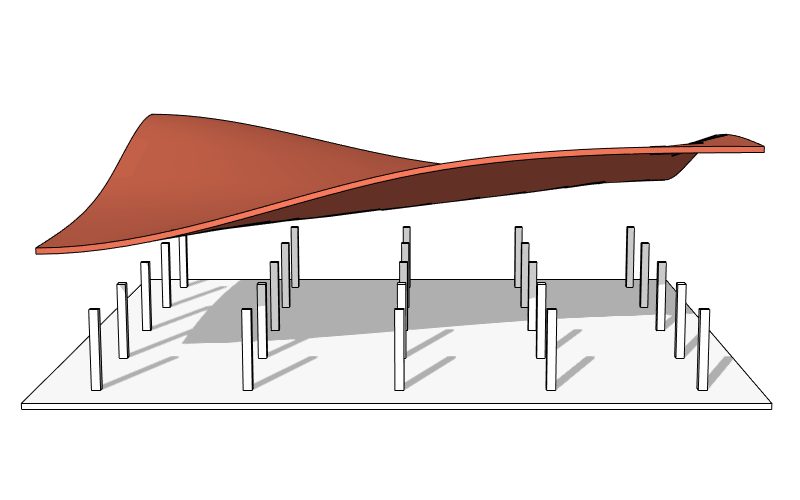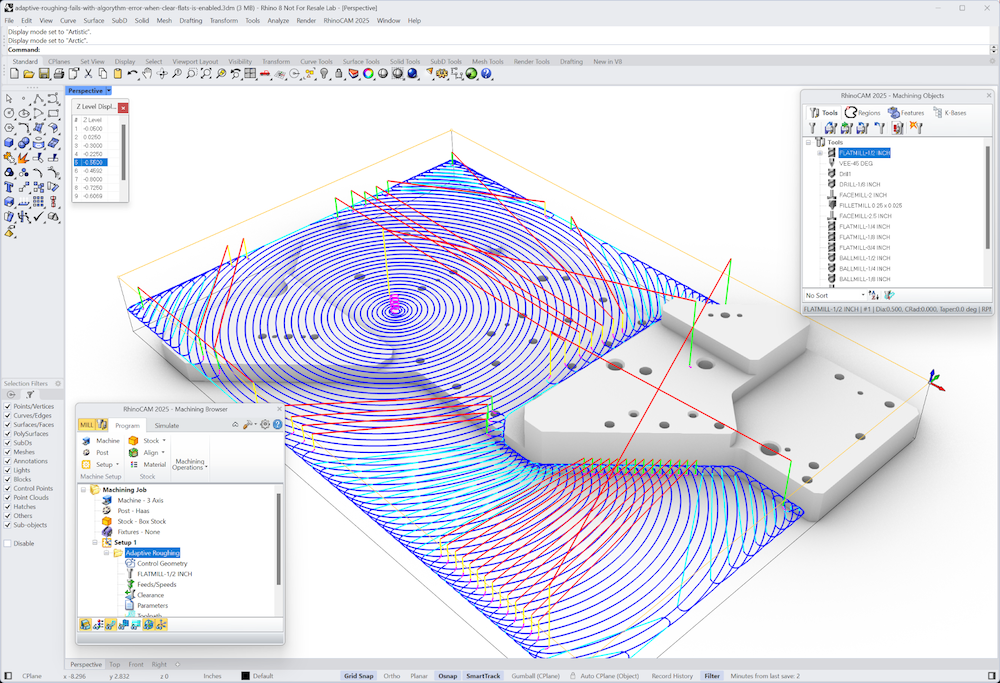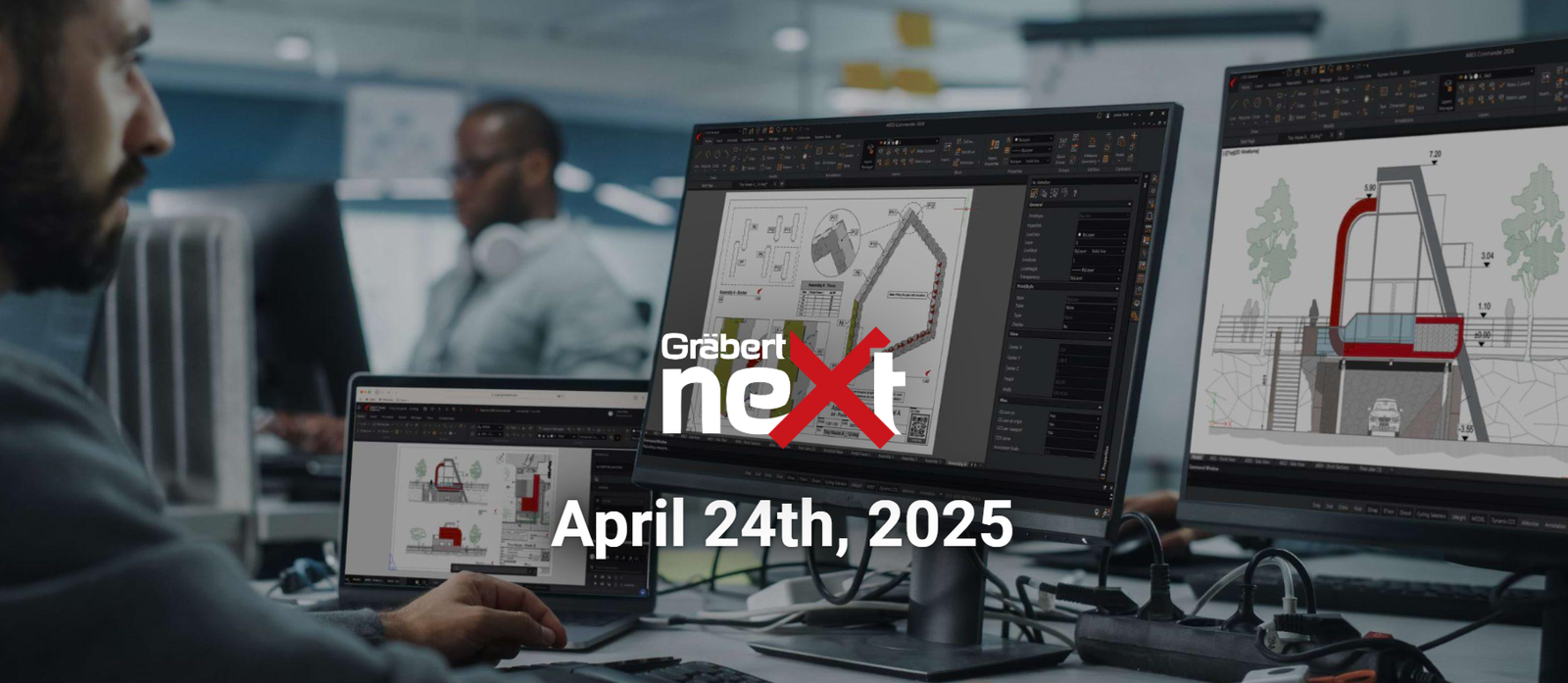Your Cart is Empty
Customer Testimonials
-
"Great customer service. The folks at Novedge were super helpful in navigating a somewhat complicated order including software upgrades and serial numbers in various stages of inactivity. They were friendly and helpful throughout the process.."
Ruben Ruckmark
"Quick & very helpful. We have been using Novedge for years and are very happy with their quick service when we need to make a purchase and excellent support resolving any issues."
Will Woodson
"Scott is the best. He reminds me about subscriptions dates, guides me in the correct direction for updates. He always responds promptly to me. He is literally the reason I continue to work with Novedge and will do so in the future."
Edward Mchugh
"Calvin Lok is “the man”. After my purchase of Sketchup 2021, he called me and provided step-by-step instructions to ease me through difficulties I was having with the setup of my new software."
Mike Borzage
Interview with Joseph Drust, Character Artist: “By far Zbrush is the tool that has changed how I work the most”
January 11, 2013 5 min read
If you are a ZBrush user, you have probably already heard Joseph Drust and his video tutorials. He is not only a wonderful artist, but also a great teacher. We asked him to share a little about his work and his passion for character design.
Novedge: Tell us about yourself and what you do
Joseph Drust: I am a Character Artist for Ubisoft residing in Pittsboro, North Carolina. Growing up I always knew I wanted to do something with art. In High School I wanted to be a graphic designer/product designer (work on design elements for retail packaging etc..) I also played A LOT of games; pretty much anything I could get my hands on (One Must Fall 2097, Quest for Glory, Madden, X-Com, Doom, Quake, Raptor:Call of the Shadows, and anything on a Nintendo system.) I never really thought about games needing artwork until my senior year when my drafting teacher by the name of Stephen Satterwhite said "You enjoy playing those games so much why don't you make art for them." Until that point I had never thought about games needing artwork to exist. After that all my artwork through college shifted to having something to do with games (along with any elective courses I could take.)
I have been creating character art for video games for over 10 years. I have worked on projects such as Tom Clancy's Ghost Recon, Splinter Cell: Pandora Tomorrow, Ben 10 Alien Force, Earth Defense Force Insert Armageddon, and Ghost Recon: Future Soldier.
I have been creating character art for video games for over 10 years. I have worked on projects such as Tom Clancy's Ghost Recon, Splinter Cell: Pandora Tomorrow, Ben 10 Alien Force, Earth Defense Force Insert Armageddon, and Ghost Recon: Future Soldier.

Novedge:What inspires you?
Joseph Drust:There is no sole item that inspires me. I have a large library of Art Books that I reference constantly, then a dedicated folder on all the computers I use that is home to any image I find appealing on the internet and right-clicksave. I use these two resources quite frequently to find inspiration. I feel that the wider range of art you expose your mind to, the better art you will produce. I also find a lot of inspiration in nature, focusing on patterns and structures that organically exist. For most of the work I produce, I try to establish functional realism and lore. I think this is a product of creating military characters for quite a bit of my career. Now the list of Artists that inspire me changes constantly, some of the artists I have been enjoying following recently (their philosophies and art) are Danny Williams, Andrew Jones, Derek Stenning, Kris Kuksi, Odd Nerdrum, and Maarten Verhoeven.
Novedge: What is a recent project that you worked on?
Joseph Drust:When working in games, production cycles can sometimes go on for years before the product ever sees store shelves. The most recent game I worked on that shipped was Ghost Recon: Future Soldier. I was tasked primarily with modeling the high-res and low-res customizable headgear objects that the player could select in multiplayer.


At home during the late evenings after my toddler goes to sleep I continue working on various other projects in my shop. Most of the time I am up till the wee hours of the morning sculpting, kitbashing, recording tutorials, writing zplugins, or painting something. The Piggyson Steam Series (kitbashed vinyl KidRobot Munny's) has been one of my larger fully tangible endeavors I am currently working on creating a new line of those and some larger scaled steampunk style robots (that function of course).



Novedge: What software do you prefer and use? Tell us why.
Joseph Drust:The main software I use daily for digital sculpting is ZBrush. Then I also use 3ds Max (varying versions pending on what the project requires), Photoshop, xNormal (for map baking), Headus UVLayout, CrazyBump, Marmoset ToolBag, and occasionally Marvelous Designer. I am always on the lookout for new software or tools to help speed up my production pipeline and let me do more art and less technical processes. Most of the tools that I use are related to my production pipeline (sculpting, generating retopology, unwrapping, map baking, and previewing).

By far Zbrush is the tool that has changed how I work the most on a day to day basis. Before Zbrush my day to day job was pushing and pulling single vertices, and turning edges inside of 3ds Max. With the release of Mudbox (before Autodesk acquired it) I was instantly hooked on digital sculpting. After AutoDesk acquired Mudbox there was a lull period for the program and I had a friend by the name of Abraham Valdez that convinced me to give Zbrush a try. After getting used to the Interface I never went back. I've been using Zbrush for about 80% of my working day since then. It's a excellent tool and it keeps getting stronger with every version release. So now I go to work and sculpt with a Wacom Stylus rather then move single vertices with a mouse. I was a Zbrush fanboy even before I started creating tutorials for them :)

Novedge: We are big fans of your tutorials. How did you get into teaching? What do you like the most about it?
Joseph Drust:I'm glad you enjoyed the tutorials! I hope they were useful! My desire to teach started back in college. At the time it was extremely hard for me to find any information on creating game assets. I spent most of my time doing trial and error attempts for a lot of the processes (this was back in the Quake1/Half-life1 mod era.) When I got my first game job, I was fortunate enough to be able to stand behind an artist by the name of Eric Armstrong. In a period of one week of 'over the shoulder' learning I had every single question I had about creating game art answered. After that, I decided that when I could I would help distribute my knowledge of game art to others. My first open forum for tutorials was with the original Ghost Recon. I set up a FAQ page that covered how to mod Characters, Weapons, and Vehicles to Ghost Recon. Users could email me questions and I would reply with diagrams and 'how to' steps if necessary. Back then there were a lot of little things you had to rotate/place/label in order to get items running in game. From there I started giving talks at local schools and writing tutorials. The tutorial writing eventually was upgraded to video and that's were we are now.
The thing I like the most about teaching is the ability to share knowledge. I find that if I can share knowledge with someone, then they have the potential to do something that I may not have thought about, then if they share that knowledge the cycle continues. This also directly relates to inspiration; giving others information to help them create better art that in return inspires.

Novedge: What innovations do you see in your field now or in the future?
Joseph Drust:Even just since I have been in the gaming industry the field has changed considerably. I see the character creation process in the industry continuing to move to more traditional methods (but of course with Undos and Symmetry.) The 3D printing is taking off as well (in the future maybe having the ability to go to Sears and have a part for your lawn mower 3D printed right there!), and so is 3D Scanning (the resurge of photogrammetry.) I see the usage of 3D printing, digital sculpting, traditional sculpting, and scanning to be intertwined as standard practice for character creation.
In other technology I personally would love to see the removal of the UV mapping process/requirement for game assets. Never having to create a UV map would be great, someone needs to get on that 

To see more of Joseph Drust's art, visit his website.
To learn more about the latest ZBrush release, register for our webinar here.
To learn more about Marvelous Designer, watch our most popular webinar to date.
Discover and learn with Novedge's Best of the Best Webinar Series.
Also in NOVEDGE Blog

Enhance Your Designs with VisualARQ 3: Effortless Geometry Extensions for Walls and Columns
April 30, 2025 8 min read
Read More
MecSoft Unveils RhinoCAM 2025 and VisualCAD/CAM 2025 with Enhanced Features
March 08, 2025 5 min read
Read MoreSubscribe
Sign up to get the latest on sales, new releases and more …



